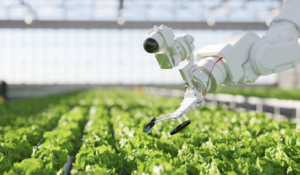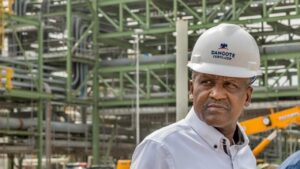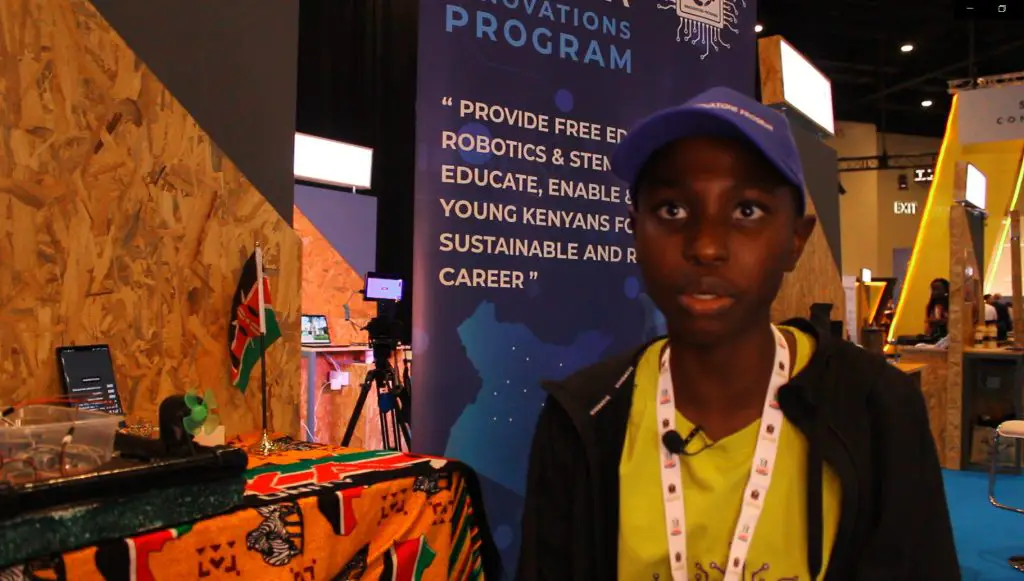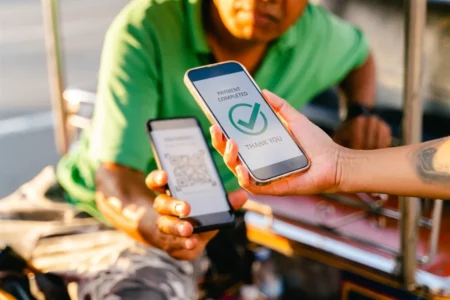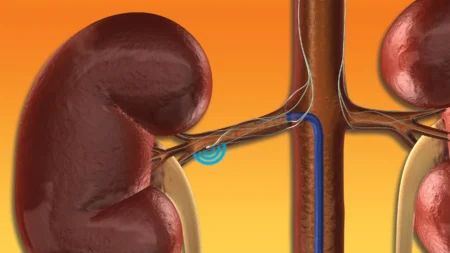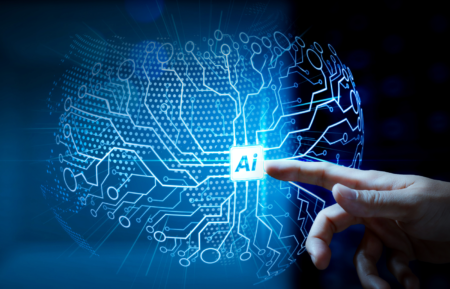- Patrick Njoroge Wachira is 12, a CEO and a notable figure at the just concluded Expo 2020, Dubai
- Innovation addresses one of the major urban areas’ biggest challenges- blocked sewerage systems
- Wachira’s dream was propelled by the Covid-19 pandemic which saw many schools closed
Patrick Njoroge Wachira is no ordinary Kenyan.
He is 12, a CEO and a notable figure at the just concluded Expo 2020, Dubai. His innovation addresses one of the major urban areas’ biggest challenges- blocked sewerage systems. This is what has given Njoroge a prominent position at the Expo 2020 in Dubai.
Wachira’s dream was propelled by the Covid-19 pandemic which saw many schools closed and thus left many pupils with a lot of time in their hands.
To make the most out of the situation, Wachira kept himself busy fixing computers and other electronic devices for his peers so they could be able to learn online. He also conducted sharing sessions among underprivileged student communities in Kenya during the pandemic.
At the same time, Wachira completed advanced level training in robotics and various STEM disciplines under the mentorship of the STEM.org-accredited Unique World Robotics in Dubai.
It is at this time that he developed a robot that could help with identifying problems with sewerage systems by figuring out which gases were present as well as other waste through sensors and controllers.
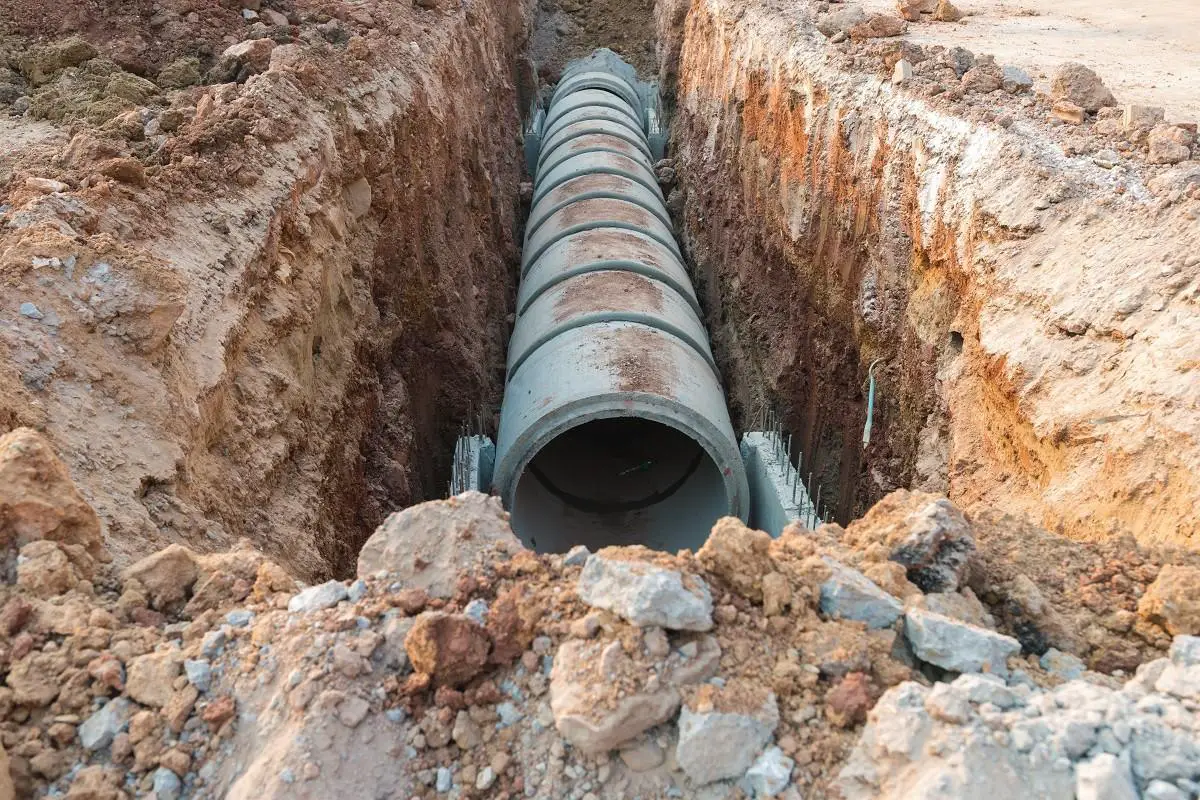
Wachira’s sewerage systems innovation falls squarely under the smart cities theme by the Annual Investment Meeting (AIM).
We have probably heard of smart cities and the Internet of Things (IoT), especially in the fast-growing countries throughout the world.
The term “smart” in today’s society means; we have smart devices, smartphones, smartwatches, and many other smart things; and we also know what all of these smart things have in common: they are all connected to the internet, implying that the internet plays a significant role in the world of smart devices.
What is the actual definition of a smart city?
A smart city, according to Technopedia, is a city that uses information and communication technologies (ICT) to improve the quality and performance of urban services including energy, transportation, and utilities in order to minimize consumption, waste, and overall costs.
How do smart cities come to be?
The internet is the backbone of most smart devices, but there are many other electronic components involved, and just like your smartphones, they can still perform multiple tasks without using the internet. It’s also good to know that without electronic components like Integrated Circuits (IC) and Systems on Chip (SOC), we wouldn’t be able to access the internet in the first place.
This brings us to another popular concept, the Internet of Things, which is similarly tied to the internet and embedded systems (Electronics).
IoT refers to electronic devices that use various data communication protocols to link to many sensors, actuators and RFIDs. This data is then transported via the internet to servers, databases, or cloud platforms, where it is processed to make it meaningful.
For Wachira, his innovation senses the sewer environment and sends the data to the internet which shows the problems and then it becomes easier to address.
Data by Statista shows that by 2025, the global installed base of internet of things linked devices will reach 75.44 billion.
IoT is a subset of the smart city system and it may also be found in the following industries:
- Industrial/manufacturing business
- Medical care
- Safety and security
- Houses with Smart Technology
Smart city concept
Now that we know that most smart things require the internet and electronic gadgets, we’ll need a lot of smart objects, also known as smart sensors.

Now that we have smart gadgets in our homes, we require a central hub to which all of these devices will be connected, allowing us to communicate with the smart devices around the house. This can be done through our mobile phones or through websites, whichever is more convenient for us.
We can save smart device data to a local database or a cloud server, which will most likely be hosted by the government.
Smart houses are an important component of smart cities. Let’s discuss smart traffic lights and smart street lighting, two crucial aspects of smart cities. We’ve all been in a rush to get to work or a crucial meeting only to become delayed in traffic.
This is OK until we realize that due to traffic congestion in our lane, we have barely moved a few meters in the last 20 minutes or so, and the traffic light on our right-hand side signal is green but there are no cars over there. We must wait since the traffic lights operate in a sequential manner, requiring us to wait in turn. This wait time was pre-determined and does not account for the real-time scenario. Real-time traffic may be gathered, analyzed, and smart decisions made to cut wait times by switching to smart traffic lights. Instead of delivering green signals to lanes with no automobiles, the signal might be issued to lanes with more cars in our current circumstance. This dramatically improves traffic flow, decreases pollution, and saves gasoline.
With that said, we most likely know or have a concept of self-driving cars or smart cars by now, and with the launch of the 5G network and a few more steps to get our roads ready for it, as well as ongoing work on the production of smart cars, we will be able to say goodbye to traffic lights for good.
The smart street light will automatically turn on and off depending on the time of day and weather conditions. The brightness of street lights can be adjusted, i.e., the lamps can brighten when they detect automobiles or people going by, and maintenance of this system will be quicker because it is connected to a central server.
It means that whether the lamps are on or not, and whether or not seeing in the dark is the most crucial feature, we can save a lot of energy from the street lights. The possibilities for using smart devices and IoT are expanding all the time. And, when breakthrough technologies such as 5G become more prevalent, career prospects will only improve.
Read: AIM Congress: Advanced industries driving Emerging Markets in Africa
